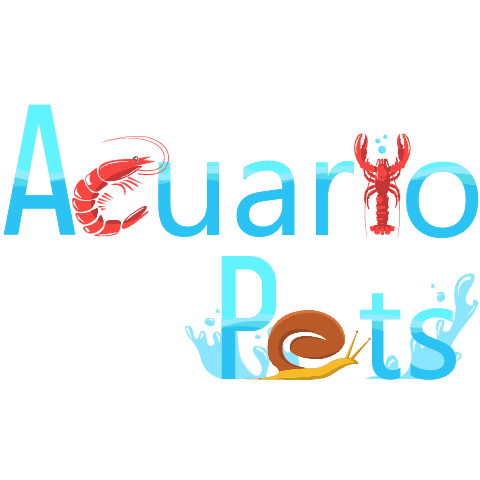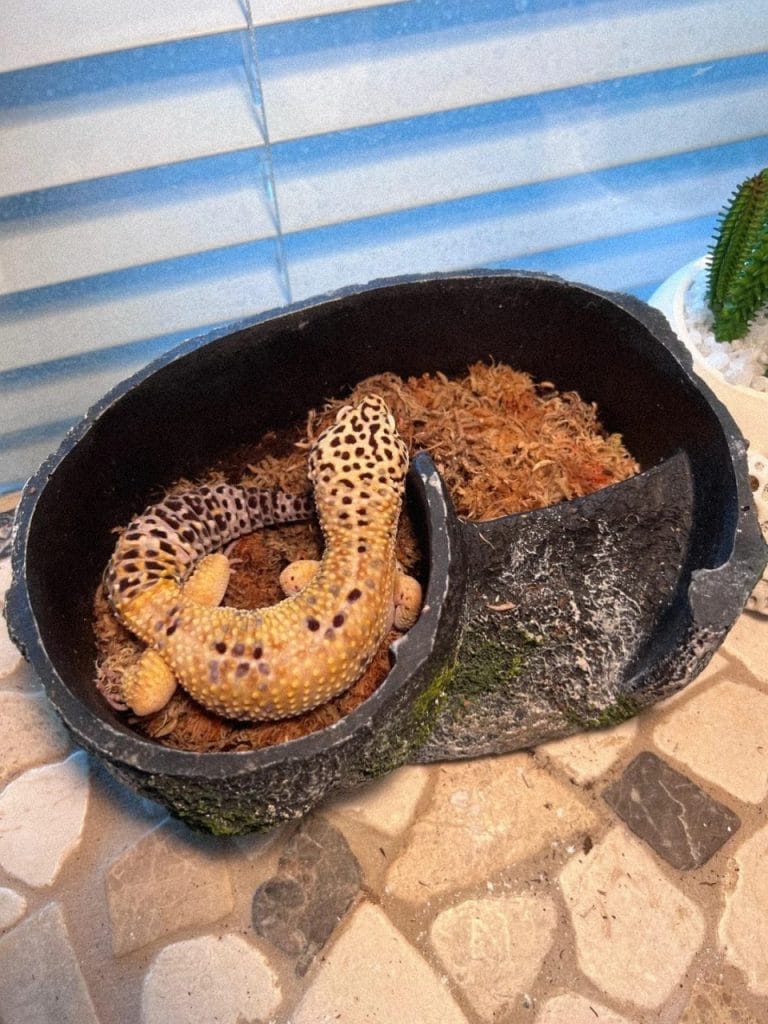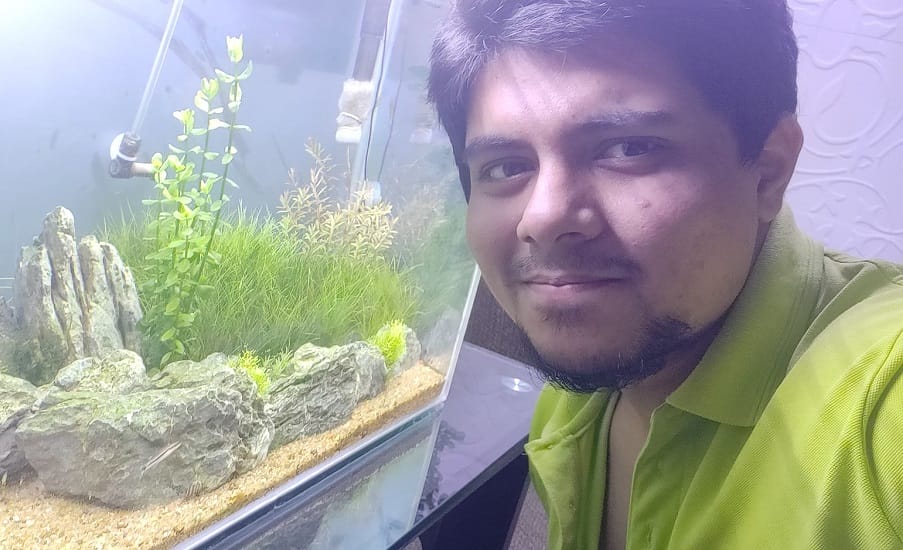This post was created with help from AI tools and carefully reviewed by a human (Muntaseer Rahman) . For more on how we use AI on this site, check out our Editorial Policy.
Check Out These FREE Tools We Made JUST For You!
The Only 3 Hides Your Leopard Gecko Truly Needs

If you think one hide is enough for your leopard gecko, think again. These little lizards don’t just want options—they need them.
To stay healthy and stress-free, your gecko needs three very different types of hides: one warm, one humid, and one cool.
Each plays a role in keeping your gecko comfortable, safe, and able to regulate its body. Let me break it down for you.
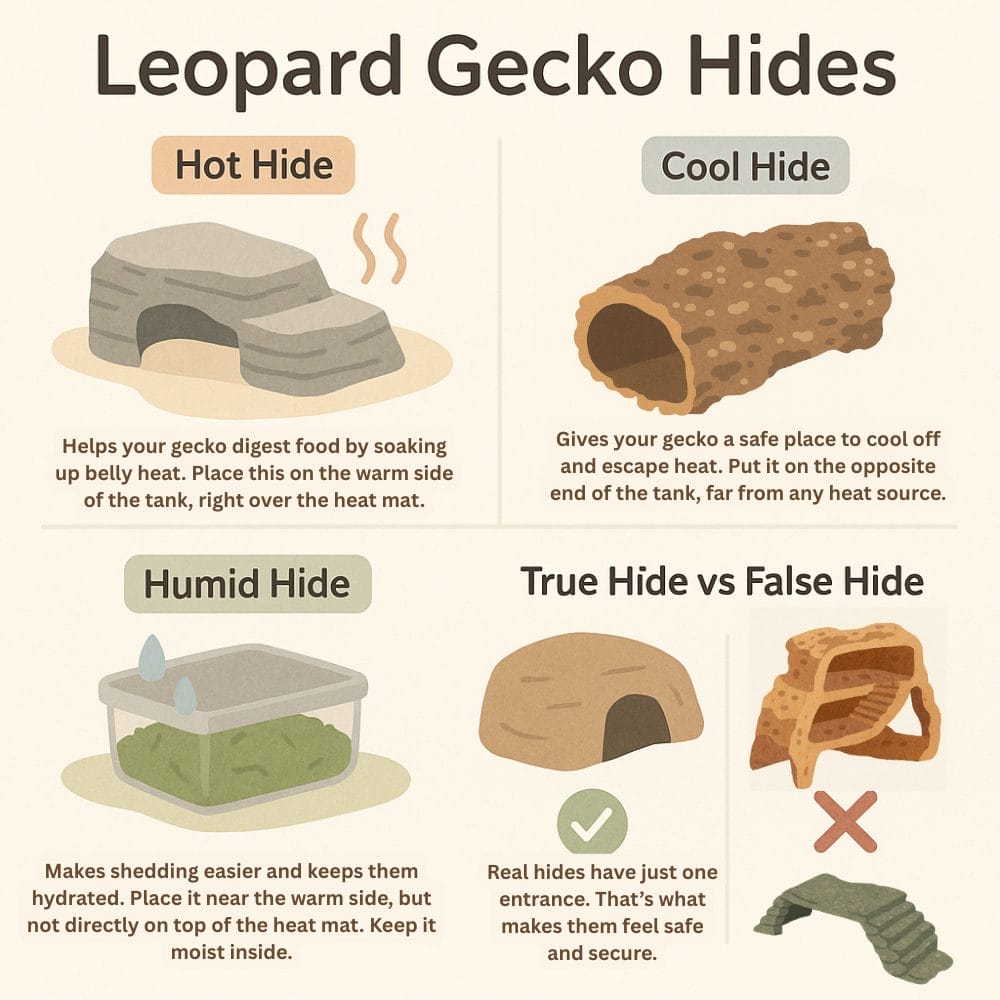
Why Hides Matter for Leopard Geckos
Leopard geckos aren’t social butterflies. They like to hide. A lot. If they’re out in the open too much, something’s off.
In the wild, they spend their day tucked away in dark, cool places. That instinct doesn’t go away in a tank. If you don’t give them proper hides, they’ll feel exposed and stressed. And stressed geckos stop eating, get sick, or start acting weird.
Good hides aren’t optional—they help your gecko feel safe, stay warm or cool when needed, and shed properly. Skip them, and you’re asking for trouble.
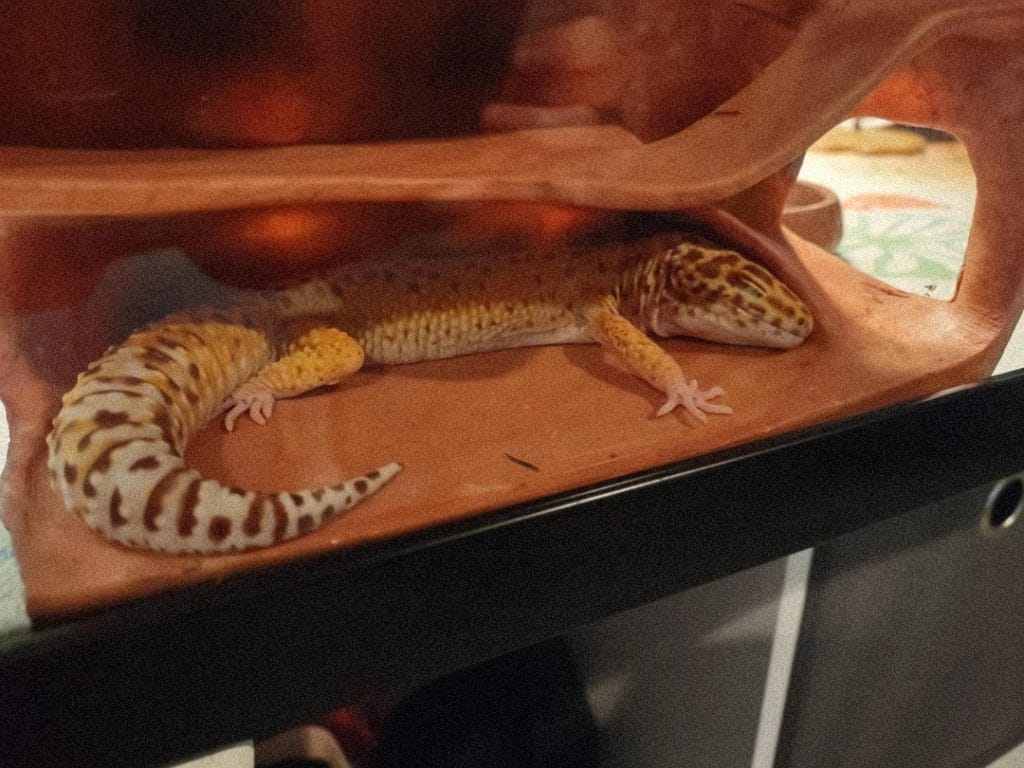
What Makes a True Hide
Not every “hide” on the shelf is actually a hide. A true hide should feel like a little cave—not a fancy decoration with windows on all sides.
If it’s got more than one opening, too much light coming in, or open sides, it won’t work. Your gecko wants to feel invisible, not on display.
One entrance. Covered. Tight enough to feel secure, but roomy enough to turn around. That’s it. Don’t overthink it.
Those cute log-style hides or coconut halves with gaps? Mostly useless. Might look nice, but your gecko won’t trust them.
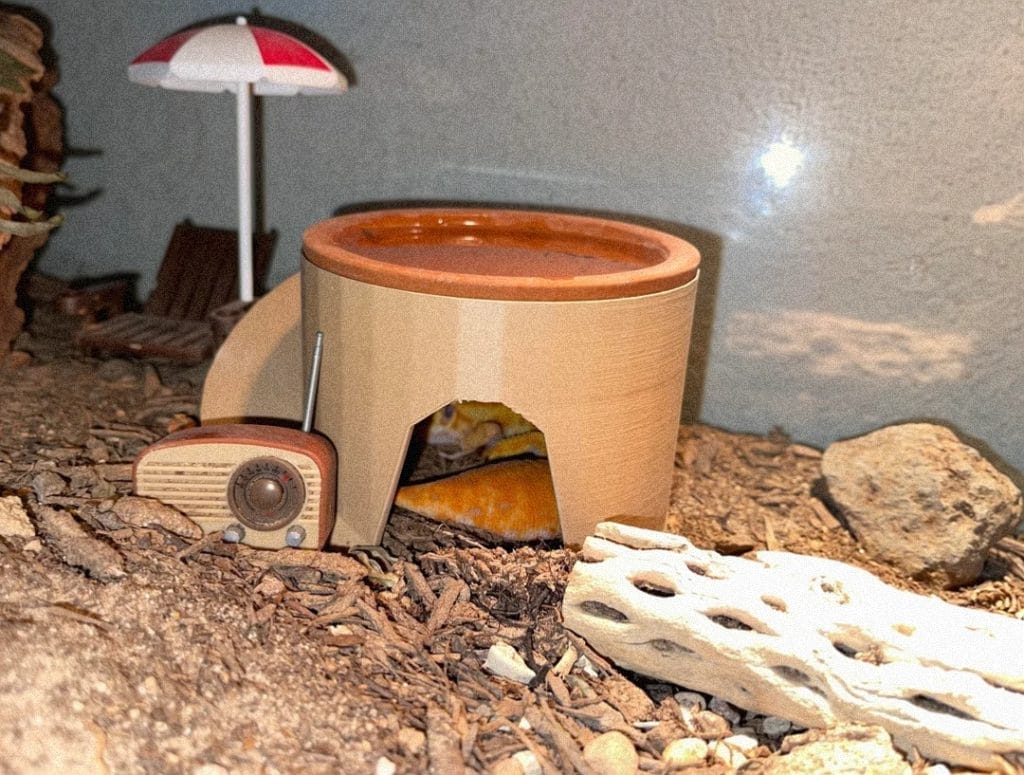
Hot Hide: The Warm Side Refuge
This is the hide that goes right over your heat mat or on the warm side of the tank.Your gecko will use it to digest food and soak up belly heat.
Without this, digestion slows down, and that can lead to impaction or appetite loss. It’s not just comfort—it’s survival.
Make sure the hide sits flat on the ground so the heat reaches the gecko’s belly. No legs, no gaps underneath.
A plastic box with one entrance works great. Ceramic, resin, or rock hides are solid too—as long as they hold heat and feel snug.
Check out our hide recommendations if you want tried-and-tested options that actually work.
Cool Hide: A Place to Chill
This one goes on the cool side of the tank, away from any heat source. It gives your gecko a break from the warmth when they need it.
Reptiles don’t sweat. So if it gets too hot, they need somewhere cool to retreat or they’ll overheat fast.
This is why having the right temperature gradient matters—your gecko needs both a warm and cool zone to self-regulate.
The cool hide doesn’t need anything fancy. Just make sure it’s dark, has one entrance, and feels safe. A little cave or even a plastic container with a hole will do the job.
Skip tall or stackable hides here. Keep it low and stable so your gecko doesn’t climb and fall.
Humid Hide: For Shedding and Hydration
This is the one most people forget—and it causes the most problems. A humid hide helps your gecko shed cleanly and stay hydrated.
When the humidity is right, old skin slips off easier. No stuck toes. No crusty eye caps. Just smooth, clean sheds.
Place it near the warm side, but not directly on the heat mat. You want it warm and moist—not hot and soggy.
Use sphagnum moss, damp paper towel, or coco fiber inside. And check it regularly—if it’s bone dry, it’s useless.
A cheap food container with a hole in the lid works better than half the overpriced stuff out there. Just keep it dark and damp inside. That’s all your gecko cares about.
If DIY isn’t your thing, there are plenty of ready-made humid hides that work just as well.
Examples of Good vs Bad Hides
Let’s keep it real—just because something is sold as a “gecko hide” doesn’t mean it’s good.
Good hides:
- One entrance
- Fully enclosed or mostly enclosed
- Low to the ground
- Holds heat or humidity well
- Feels like a secure little cave
Think: upside-down food containers, resin rock hides, snug ceramic boxes, or even DIY tupperware setups.
Bad hides:
- Open on both sides like a tunnel
- Decorative logs with gaps
- Coconut huts with huge openings
- Anything see-through
- Too tall or unstable
These look cute but offer zero privacy. Your gecko isn’t trying to show off. It just wants to disappear and feel safe. If the hide feels like a stage instead of a shelter, toss it.
Need All Three Hides? Here’s Where to Start.
Setting up the right hides is one of the easiest ways to keep your gecko stress-free and healthy. But hides alone won’t cut it—you also need proper heating, substrate, and the right tank size.
👉 Check out our Leopard Gecko Owner Essentials for my complete setup guide—including the exact hides, heat mats, and enclosures I recommend.
About Author
Hello, I’m Muntaseer Rahman, the owner of AcuarioPets.com. I’m passionate about aquarium pets like shrimps, snails, crabs, and crayfish. I’ve created this website to share my expertise and help you provide better care for these amazing pets.
Disclaimer
This site is owned and operated by Muntaseer Rahman. AcuarioPets.com is a participant in the Amazon Services LLC Associates Program, an affiliate advertising program designed to provide a means for sites to earn advertising fees by advertising and linking to Amazon.com. This site also participates in other affiliate programs and is compensated for referring traffic and business to these companies.
